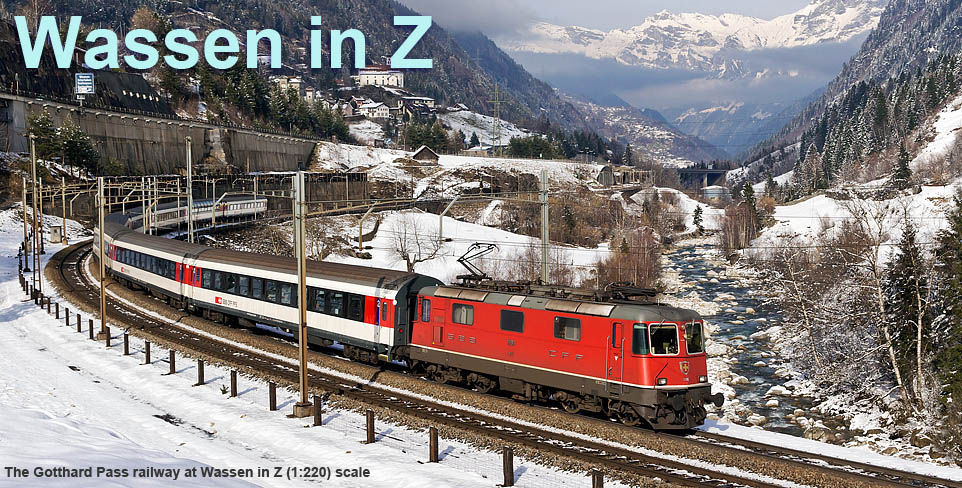The basic idea is similar to that for glueshell scenery (i.e. apply paper with diluted PVA so it sets hard), except as these papers are a bit flimsy, so they get applied on top of an exisiting scenery skin rather than bare scenery ribs.
If I recall correctly, Mr Sweeden was using this technique using balled up wads of loo paper as a crack and crevice filler (ha, there has to be a joke in there somewhere), but I experimented with using the idea as a lightweight rockface up on part of the third level's middle tunnel. Sorry I can't remember the tunnel's name, and after a few too many fizzy wines, can't be bothered looking it up for us all. Hopefully this story flow won't suffer too much without the actual name and this mild digression. Oh, I see it already has...
Now where was I... Oh yes... Sommelier! Another glass please!
With the jury still out on my previous small-tunnel-rockface-trial, I thought I'd go mad with some leftover PVA glue yesterday after scenic-shelling the church hill (in the pic below under the bowl of glue) and some of the South Hill Hole that I mentioned in the previous episode would be the last to be filled up. Quite the Trumpster aren't I?
So anyway, (and boy has that cheap champers impacted the quality of this blog) your writer applied a light wash of the aforementioned leftover diluted glue to the existing scenery shell with a brush. Not a lot, just enough to attach the napkin - which us usually actually made up of 2-4 layers of thin folded paper depending on how you've cut them up. Once the paper is in place here you dab your brush in glue and liberally apply to sod the towels. To coin a phrase.
While doing this sodding, you can 'bunch up' the paper layers with your brush tip to give the rockface some texture. Most real sedimentary rock provides horizontal textures from its layers, but must of the real Wassen's hard rock cuttings seem blasted out, and have more 'vertical' textures. I've ended up in these impatient experiments with a mix in all directions, so some of these cuttings look like they have a bad case of varicose veins.
Still, surely a coat of paint the next day will make everything look better....
Well, maybe not, but the judicial application of some vertical streaking in subtle shades of grey (el-cheapo 'black' and 'white'flavoured kids art paints) has at least helped matters somewhat. When viewed from a distance. With your eyes shut.
We'll see what it looks like tomorrow when the paint has dried. And failing that, when some scenery has been added to hide them.
Those trains still haven't moved.
